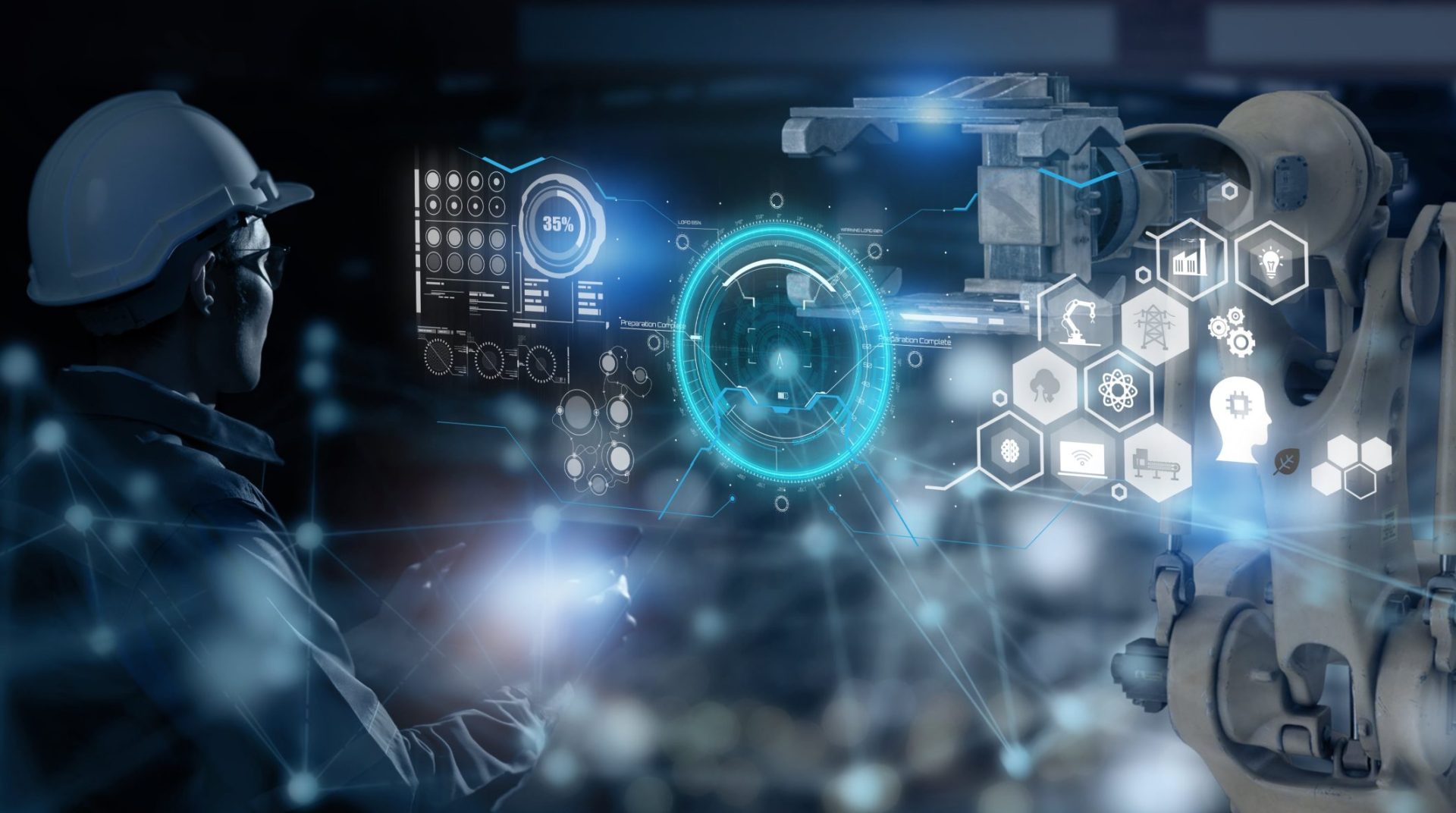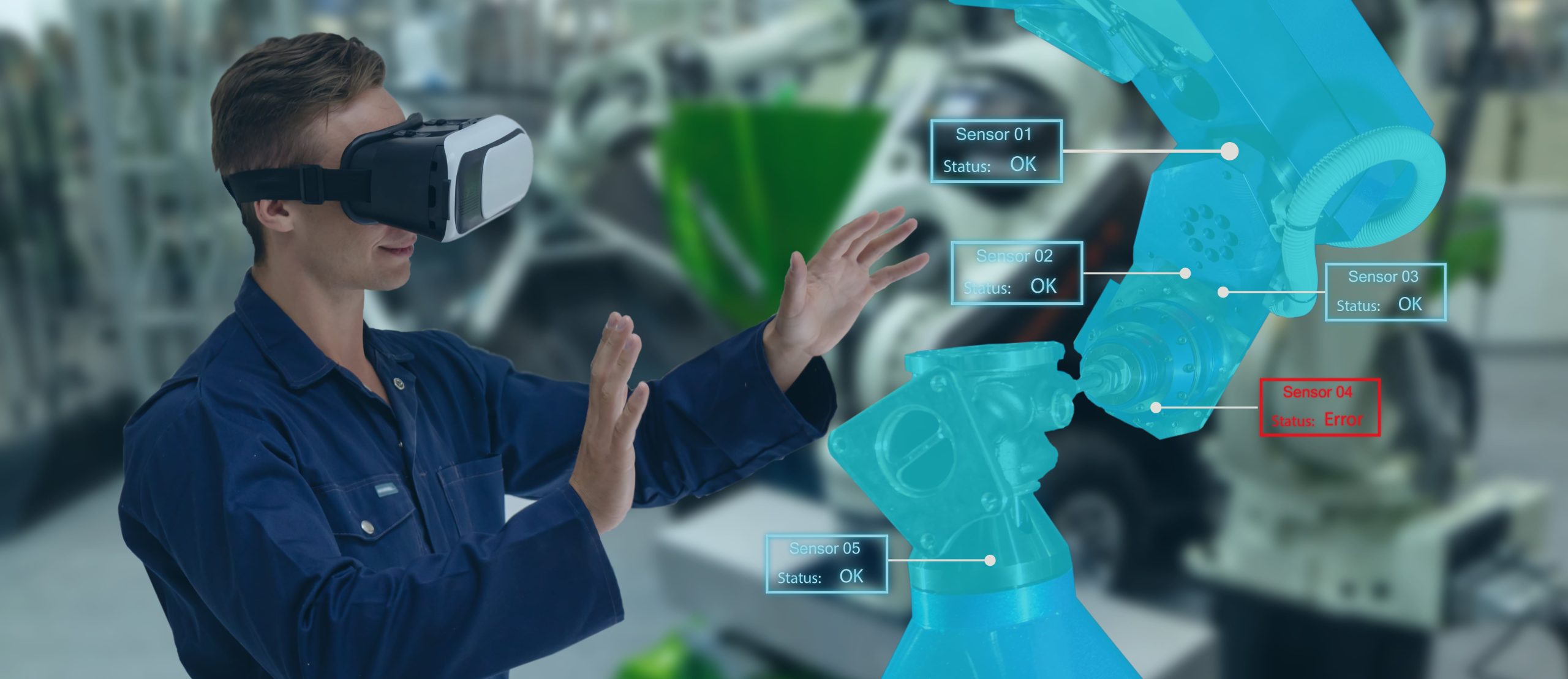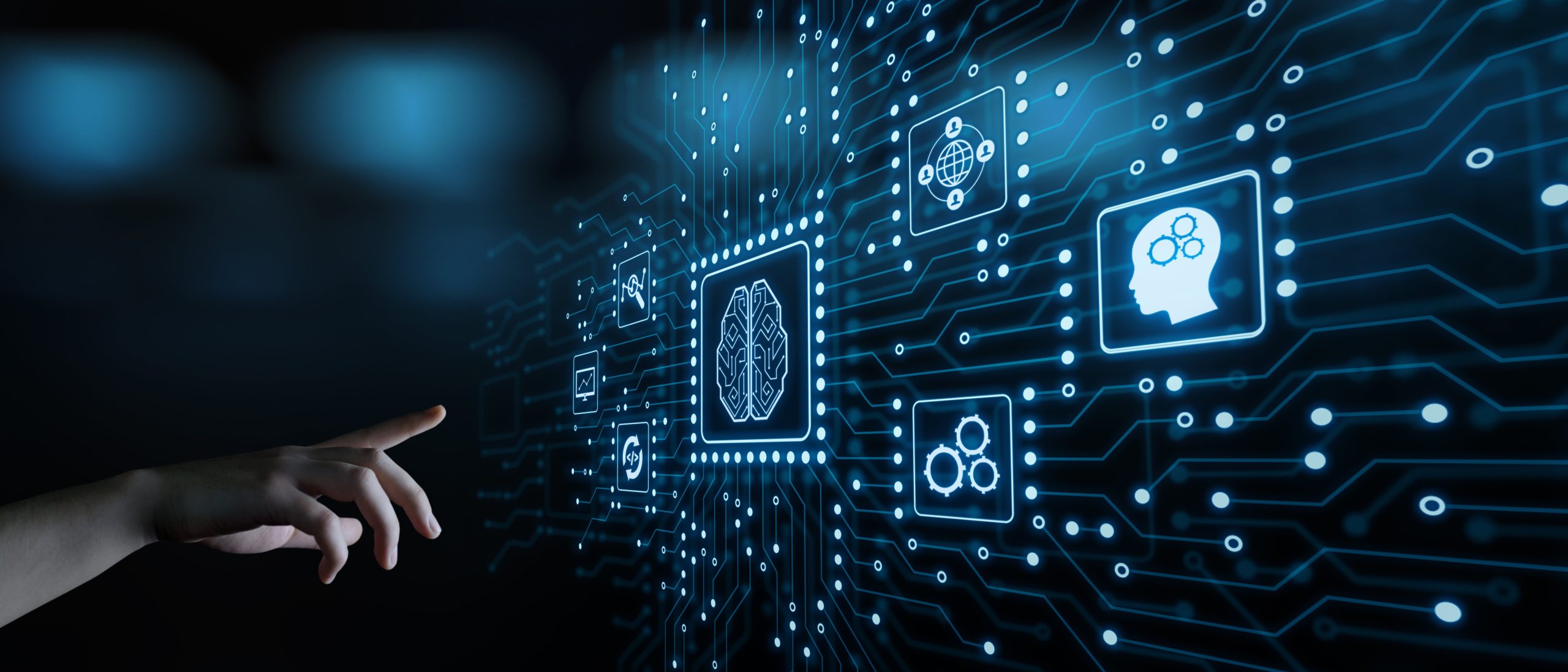
July 8, 2022
Artificial intelligence – enhancing virtual reality training
Virtual reality (VR) is a popular option for training your staff because it gives significantly better results than traditional learning methods. The potential of VR training is vast, and luckily, this technology works even better when combined with other complementary technologies. For instance, artificial intelligence (AI) is a superb way to boost VR and has significant potential for improving operator training even further, and here is how.
AI benefitting VR training
Artificial intelligence is truly a versatile technology, and today, it is a large part of our lives, even though we might not be aware of it. It is used in medicine, marketing, education, gaming, automotive manufacturing, and others forms of manufacturing to streamline workflows. Another use of artificial intelligence is to enhance VR training, which we believe brings significant advantages. Soft skills training easily benefits from applying AI, as much of this type of training based on VR just isn’t smooth. A standard computer algorithm struggles to adapt to create a personalised experience for each trainee, so the results can sometimes be a little disappointing. By adding AI to the mixture, we are able to:
- better adapt each training session to create a more personalised experience by allowing AI to control the animation and branching,
- provide concise feedback for a specific part of a scenario,
- access a deeper level of analytics regarding behaviour and learning,
- give the trainees more accurate representations of their physical selves instead of a mere avatar.

AI is another technology that is always developing, and further advances will bring even greater realism to VR. As mentioned above, we can expect to see real characters that not only look like us but have the ability to “think” for themselves. Does this mean that you could have a meaningful conversation with a character inside VR but feel like you were interacting with another human being? That is correct, and this conversation could be written or spoken, with the latter resulting in further immersion and realism. Furthermore, AI could simplify the development of realistic VR environments, thus reducing the time and financial costs of developing VR training. By using algorithms created through deep learning, developers can almost entirely automate the generation of scenes and character animations. Instead of spending hours working on creating an asset and then rendering it, much of this work can be done in minutes without breaching the budget. The resulting VR simulations enable a big step up compared to traditional learning methods, which wouldn’t be possible without machine learning.

Machine learning and AI
“Machine learning is an application of AI. It’s the process of using mathematical data models to help a computer learn without direct instruction. This enables a computer system to continue learning and improving on its own, based on experience.” – Microsoft.
In short, machine learning is about giving a computer the abilities gathered from actual data instead of relying on programming. This way, the software can respond better to real-world inputs and closely mimic human behaviour. When applied to soft skills training. AI can simulate conversations, allowing the students to practise their communication skills, like giving and receiving feedback, leadership and collaboration skills, interpersonal awareness and problem-solving. The training is more immersive, knowledge retention is significantly higher and the whole training experience is more enjoyable.

What would AI-influenced VR training look like in the oil and gas industry?
We’re sure you would want to know what AI-influenced training would look like for your operators. So, as a summary of the above:
- During training, the system could evaluate your trainee’s knowledge first hand and then adapt to focus on sections of theory and practice about which the trainee is not confident while simultaneously decreasing the number of repeat scenarios that the trainee has mastered.
- The training would feel more realistic as any interactions would not occur by manipulating a control device. Instead, the computer would recognise voice commands and react accordingly.
- Next, the character representing a student in a VR scenario wouldn’t look like a random person but actually look like them.
- Finally, a VR training module would have a massive ROI, as the costs and time spent on training would be much lower. This might be a great nudge for many companies in deciding whether to go down the path of VR training. When they do, they will quickly enjoy its benefits.
The new age of VR training
Compared to the technology we know and use today, AI is a big step forward. However, no matter what technological breakthroughs could occur, it is clear that nothing will replace a skilled operator anytime soon, so training them the right way is crucial. Our team has already published more details about VR operator training and about Linde Virtual Academy as our solution for improving, simplifying and speeding up operator training, which is a great source of further information.



